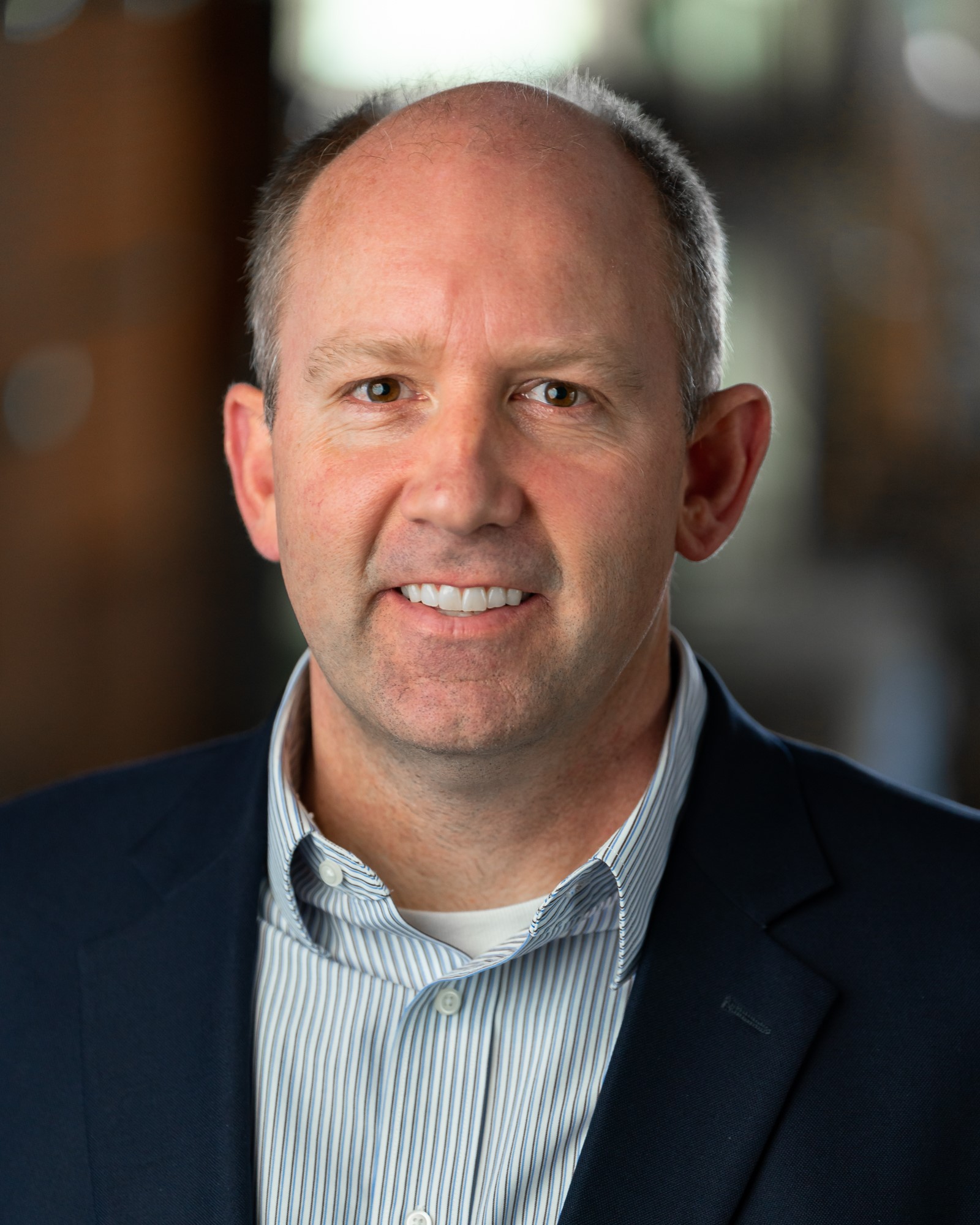Featured Faculty Member: Dr. Richard Christenson, UConn

NOVEMBER 30 2021 | Richard Christenson, Professor of Civil & Environmental Engineering and Co-Director of the National Institute for Undersea Vehicle Technology, has been involved since the initial discussions on how to institutionalize the collaborative efforts between faculty at the university and engineers at General Dynamics Electric Boat (EB). “It is wonderful to see a framework that large numbers of faculty can utilize to establish and grow collaboration with the undersea vehicle industry and government community.”
The collaborative opportunities intrigued Professor Christenson to get involved with NIUVT. “The opportunity to collaborate with EB engineers adds incredible value to the research we are conducting by providing a unique and practical perspective to approach the research. Having EB engineers as students provides a level of maturity to the research and ultimately leads to the best possible type of technology transfer – the transfer of people and their knowledge.”
Professor Christenson’s research in structural vibration has a long list of applications in the real world: “The research we conduct is used to reduce vibration and damage of buildings subjected to earthquakes; reduce fatigue in traffic structures, including traffic signal structures and sign structures, to wind-induced vibration; to monitor highway bridges to predict damage and identify the weight of truck traffic traveling over them; and to improve the survivability of Naval structures.” The students Professor Christenson works with often work in industry, either design or consulting firms in civil engineering or at EB. Some students even remain in academia, as faculty at universities.

